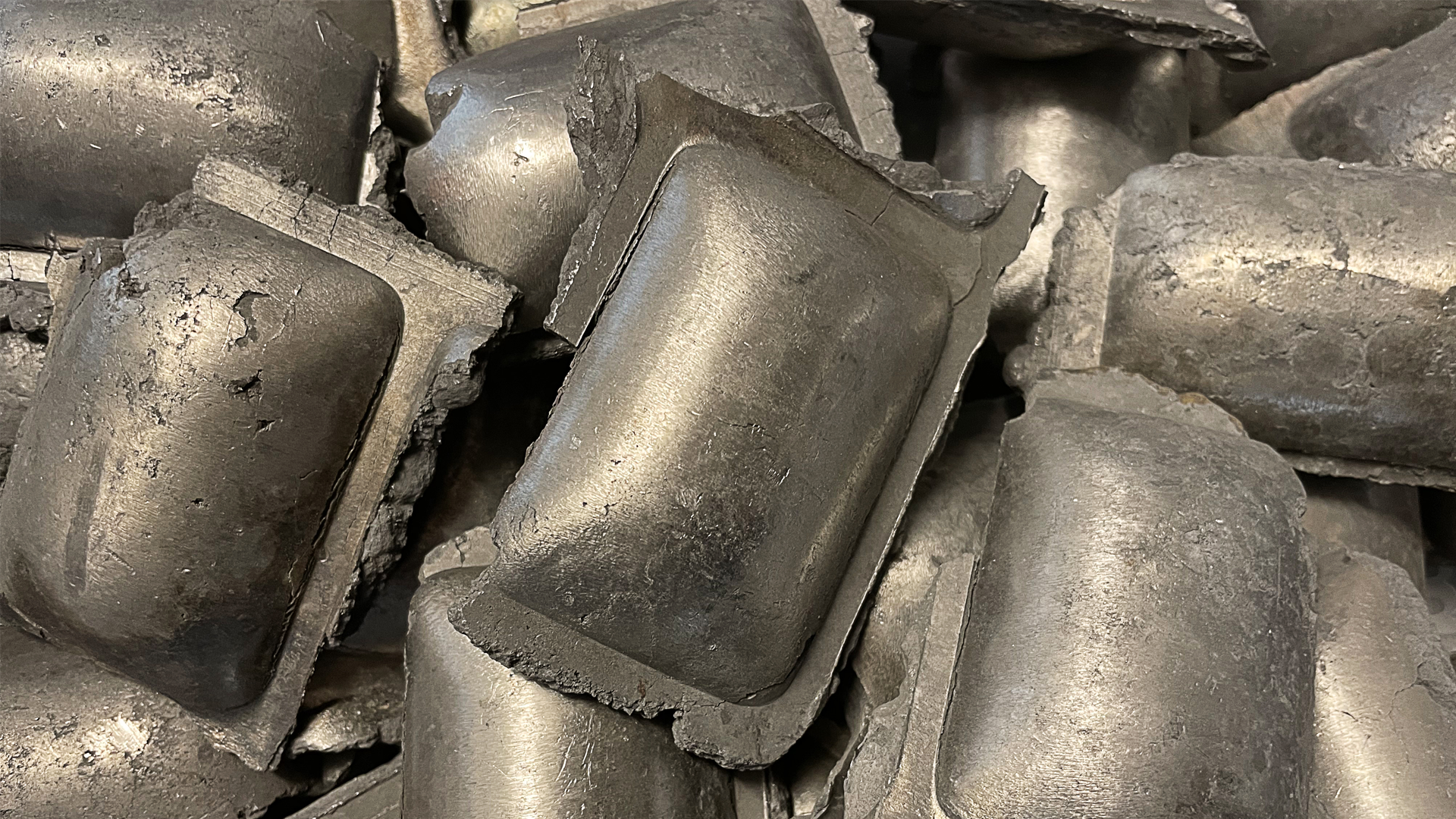How and Why are Coupling Products Tested?
Every day, everything from food and medicines to building materials and electronics is transported on our roads. Without trucks, Sweden would come to a standstill. To keep society rolling, safe transport is a necessity.
Coupling equipment must work as intended in terms of performance and functionality to ensure the safety of the driver and other road users. At VBG, we put safety first. That’s why all our products are tested and approved for connected transport before they can be put into service on our roads.
Coupling products affected by UNECE R55
Drawbeams, Clevis couplings, drawbar eyes, and drawbars are products that are collectively called coupling products. For coupling products to be used in a truck combination for road transport over 30kph, the coupling product must be type-approved according to UNECE R55. This is something we have written about previously.
Why mechanical testing?
According to the regulation, the product must undergo mechanical tests as part of the approval process to ensure its performance and fatigue properties. This mechanical testing is carried out by, for example, dynamic longitudinal tests or a combination of longitudinal and vertical tests. In the dynamic test, 2 million cycles are run, after which the product material must not show any cracks.
Are there exceptions that do not require physical testing in order to be approved?
There is an exemption in the regulation for simple designs that do not require any form of mechanical testing, which can instead be approved by means of calculations. Whether a product constitutes a simple design is determined by the approval authority. This exemption for simple designs is typically used very restrictively by the approval authority, but there are coupling products on the market that have been approved by calculation. However, the design approved for calculation must meet the same quality requirements as those set for mechanical testing. If the authority is unsure, mechanical testing must always be performed.
For how long are the test results valid?
Another part of the regulation stipulates that production of the coupling product must be monitored over time. This is done through follow-up inspections of materials and new mechanical testing of the product, referred to as Conformity of Production (COP). As a producer, COP is carried out at regular periods depending on production volume. The approval authority can require COP whenever they wish, normally every 24 months.
For products approved by calculation, mechanical testing is not carried out during the approval process nor through follow-up inspection.
Safety and responsibility
Since the ’80s, VBG has invested in and continuously developed its own testing capacity, so for us at VBG, it is standard to always carry out mechanical testing on our products to ensure the highest traffic safety on our roads.
Keep in mind that the coupling products are the only link between the towing and towed vehicles!
Stricter follow-up inspections by the approval authority have shown that there are doubts about products approved by calculations, and the authorities have now clarified how they will work in the future. A product with a simple design may continue to be approved by calculation, but the product must also pass a mechanical test at follow-up inspection (COP).
Dynamic testing confirms or provides input for the calculations and process implementation. At VBG, we prefer to perform dynamic testing both during development and in ongoing production to ensure conformity.
Do you have any questions?
Recommended reading

Efficiency, Safety, and Sustainable Transport – Top 5 Articles and Insights of 2024

Transport Industry 2024: Great Progress Towards a Sustainable Future

